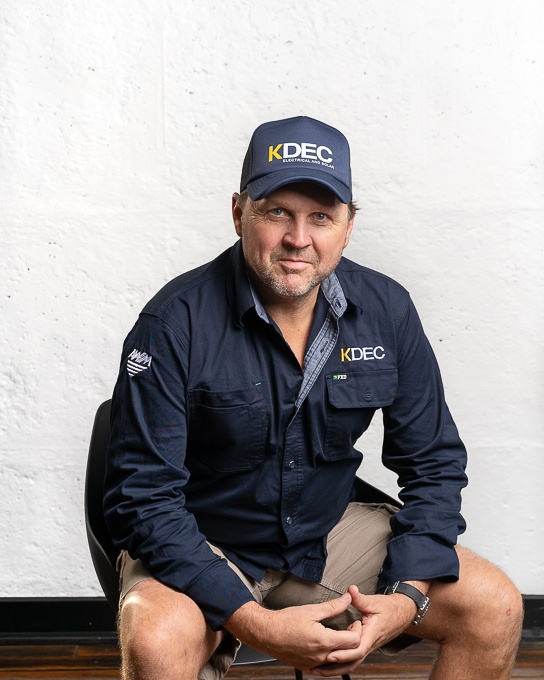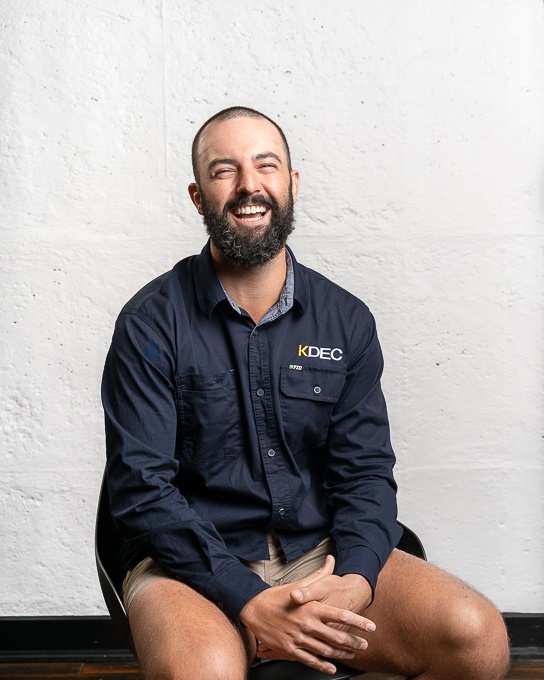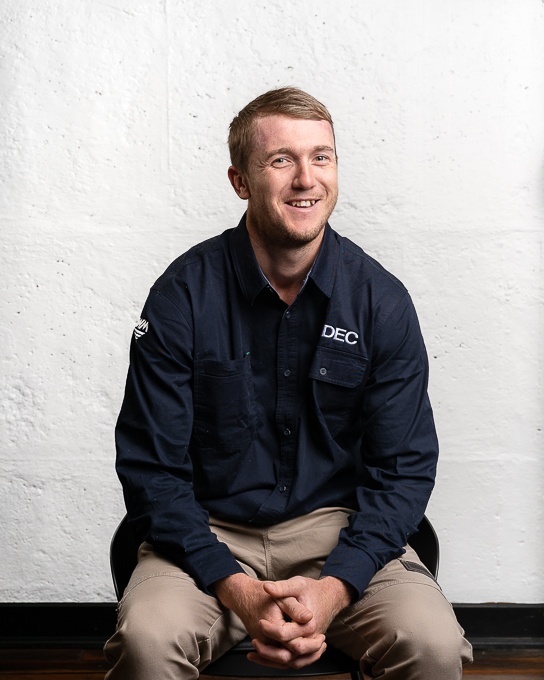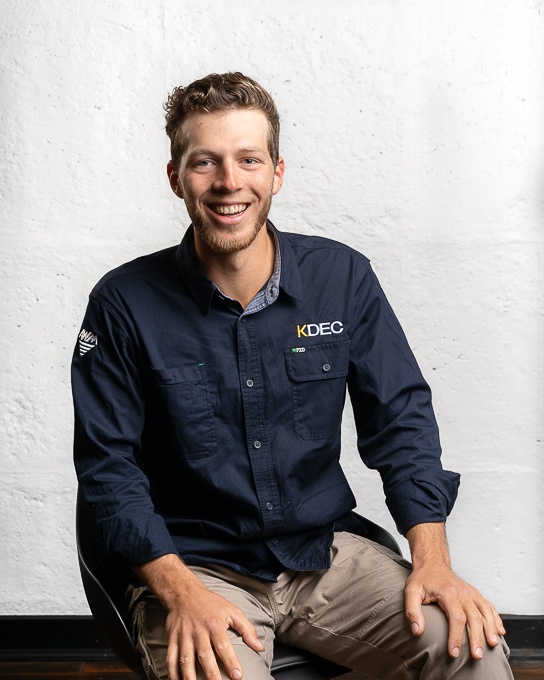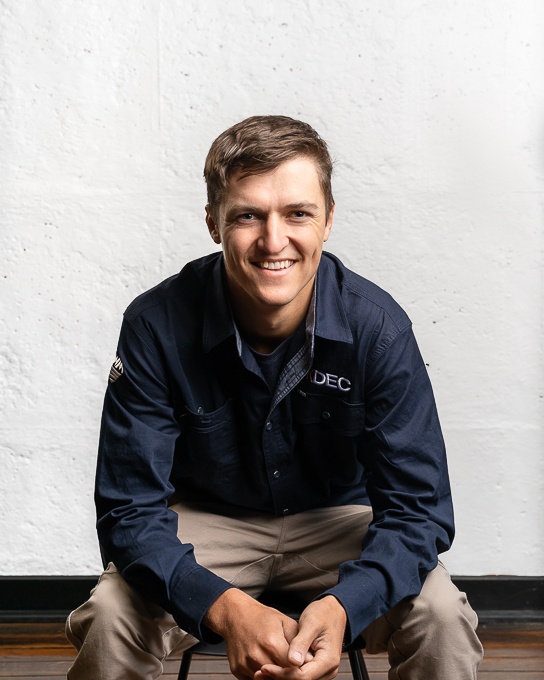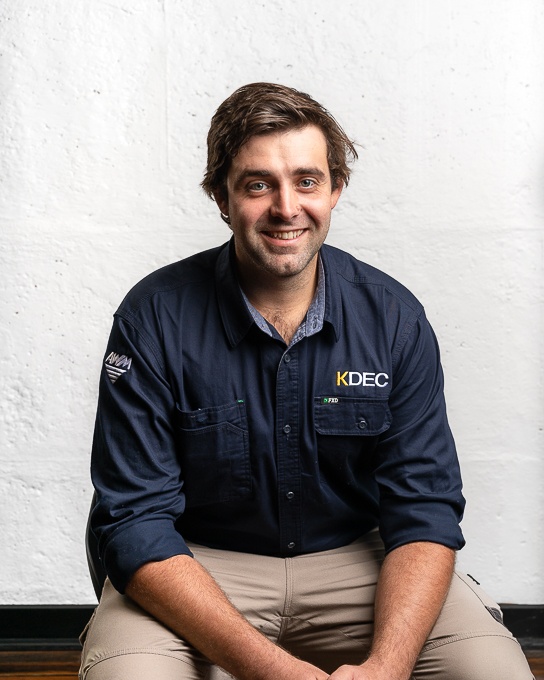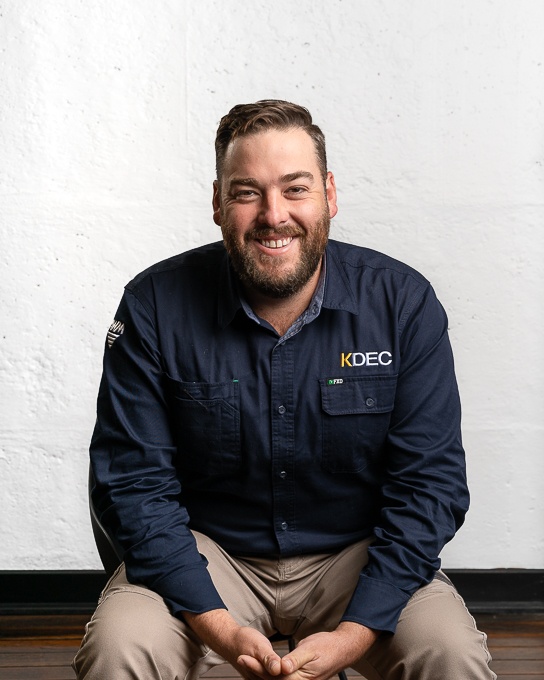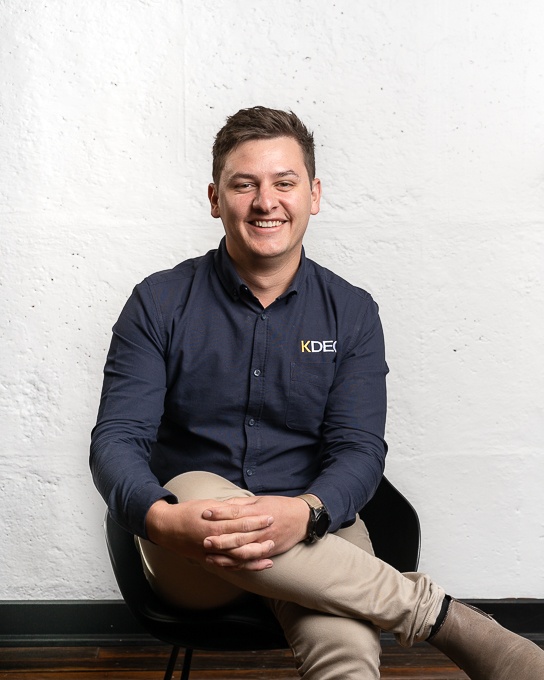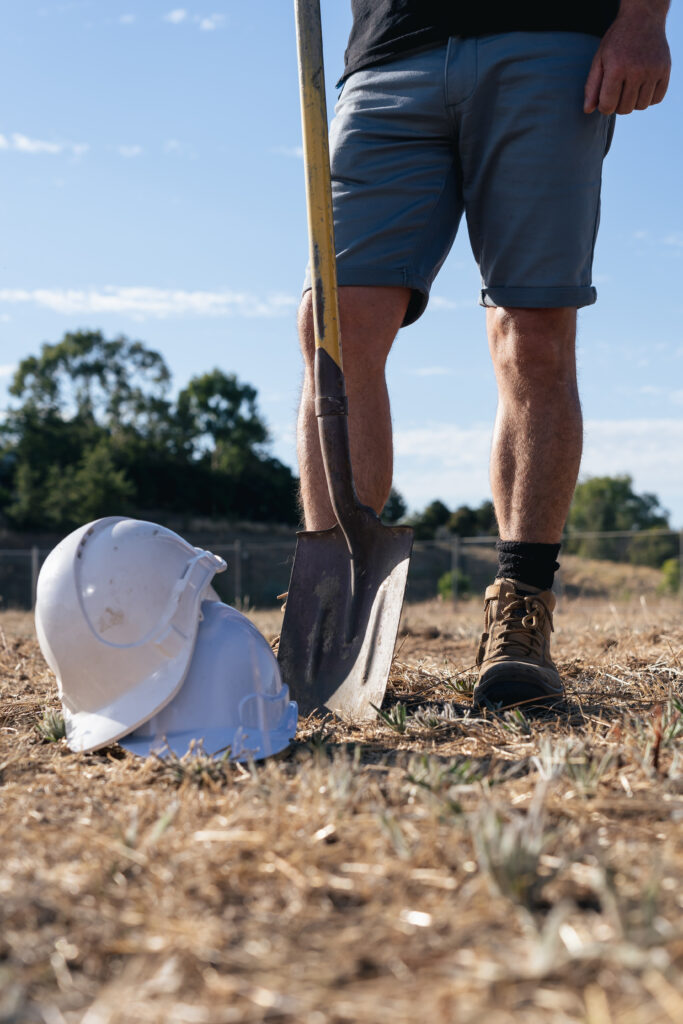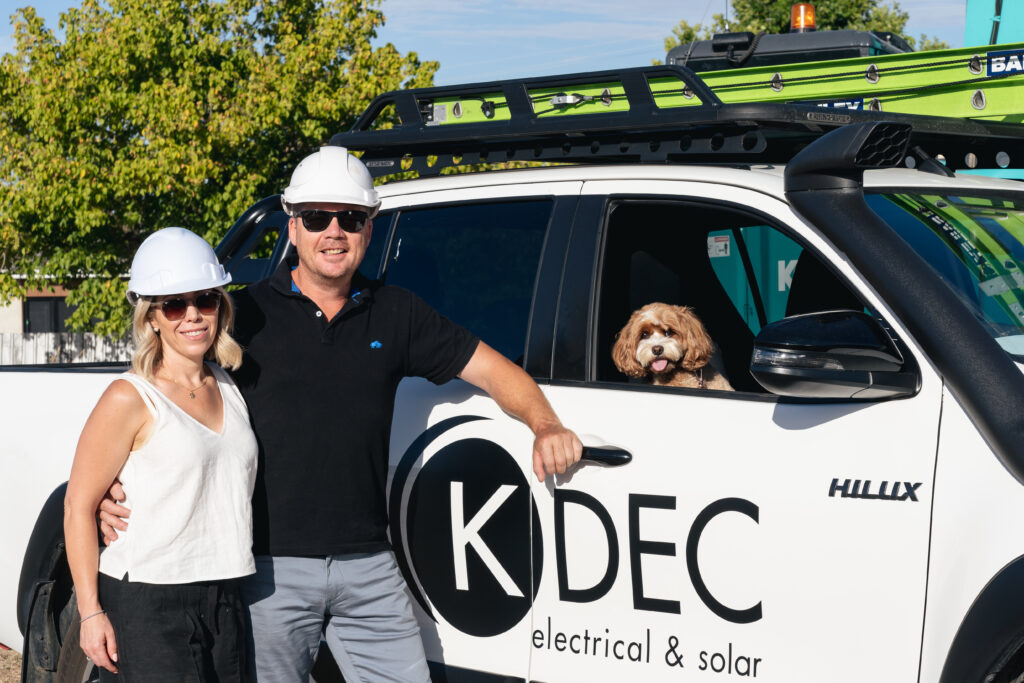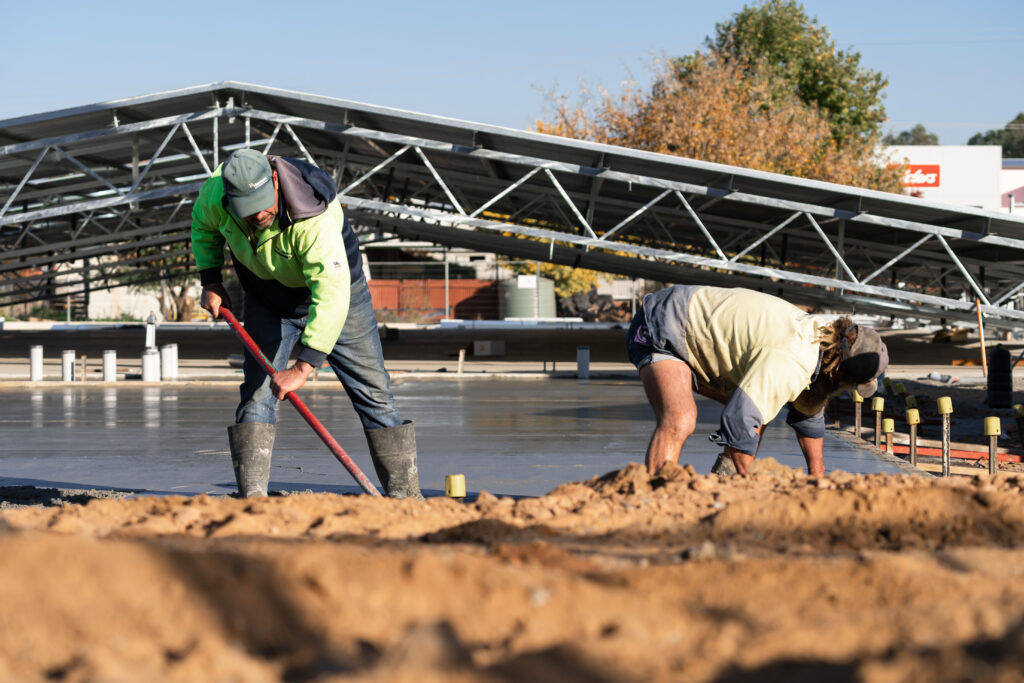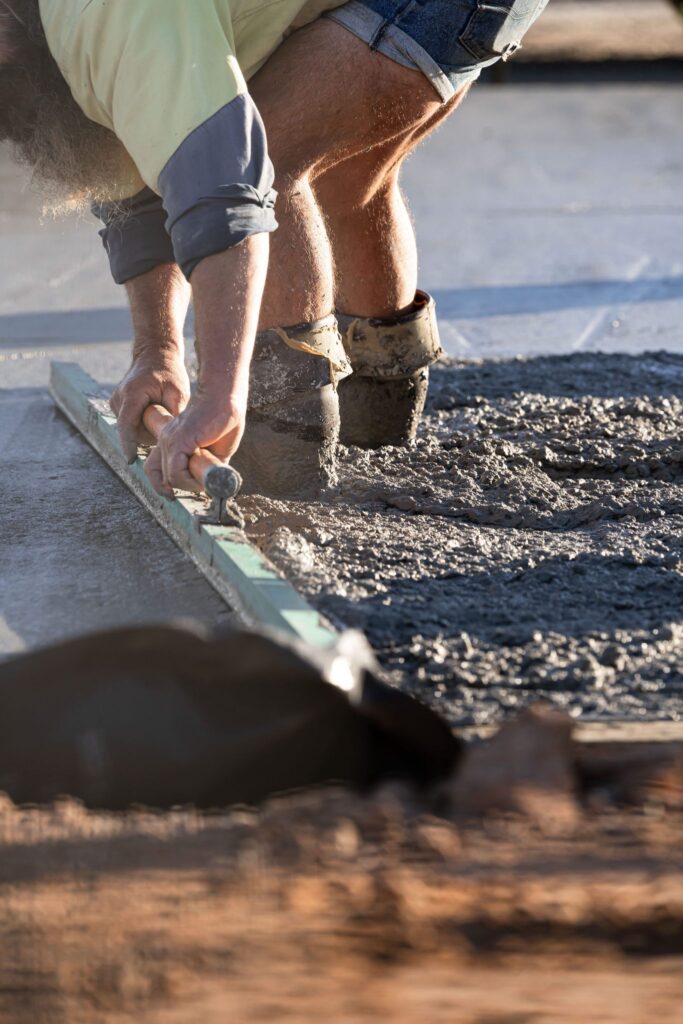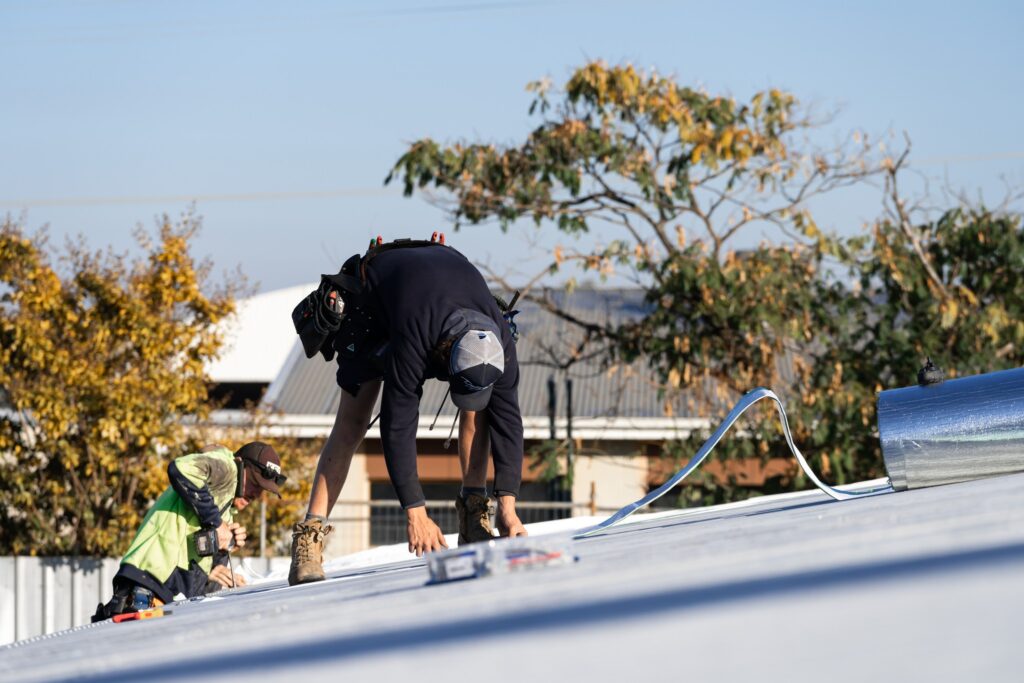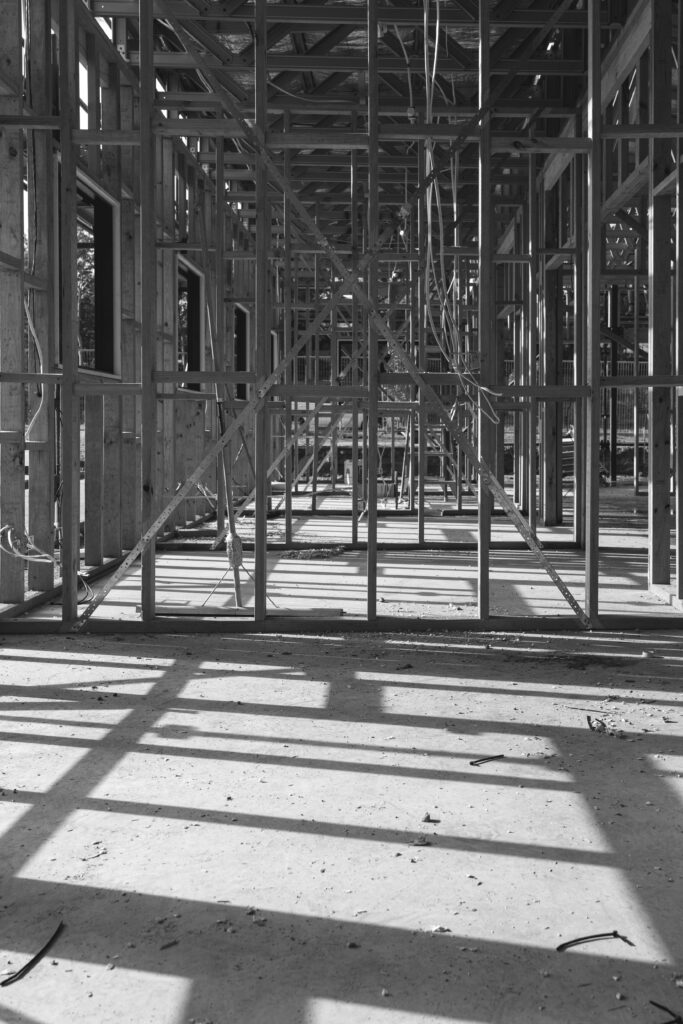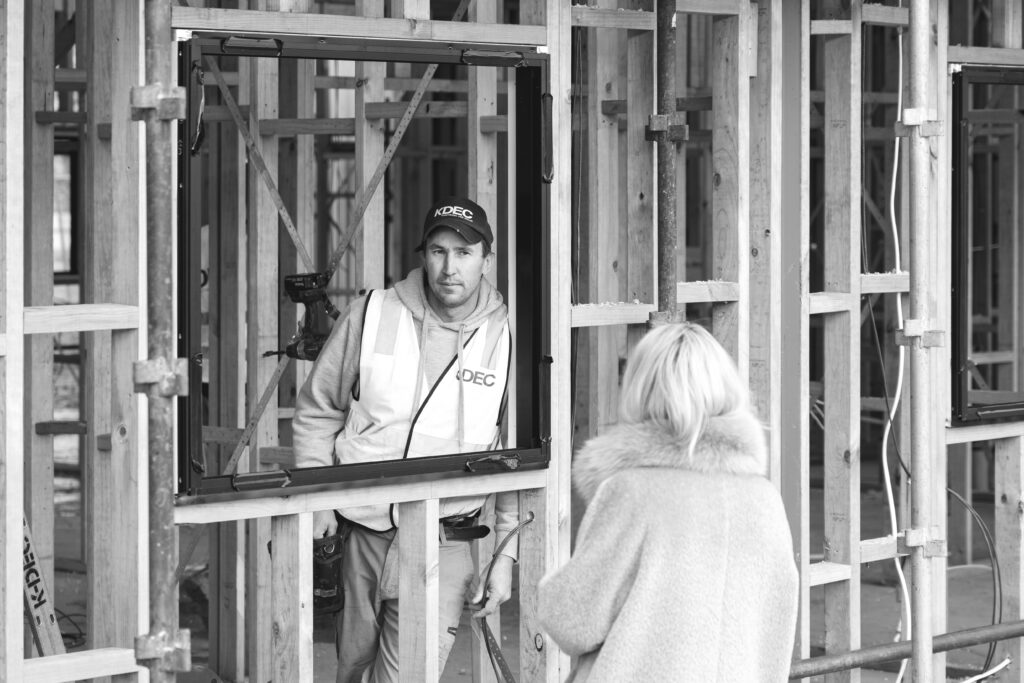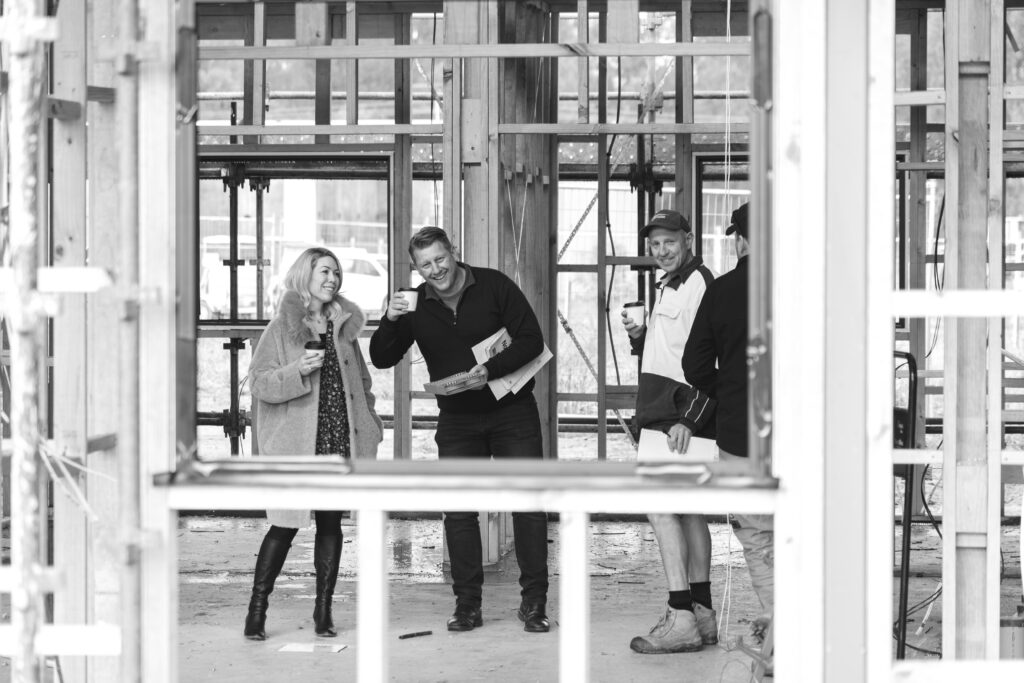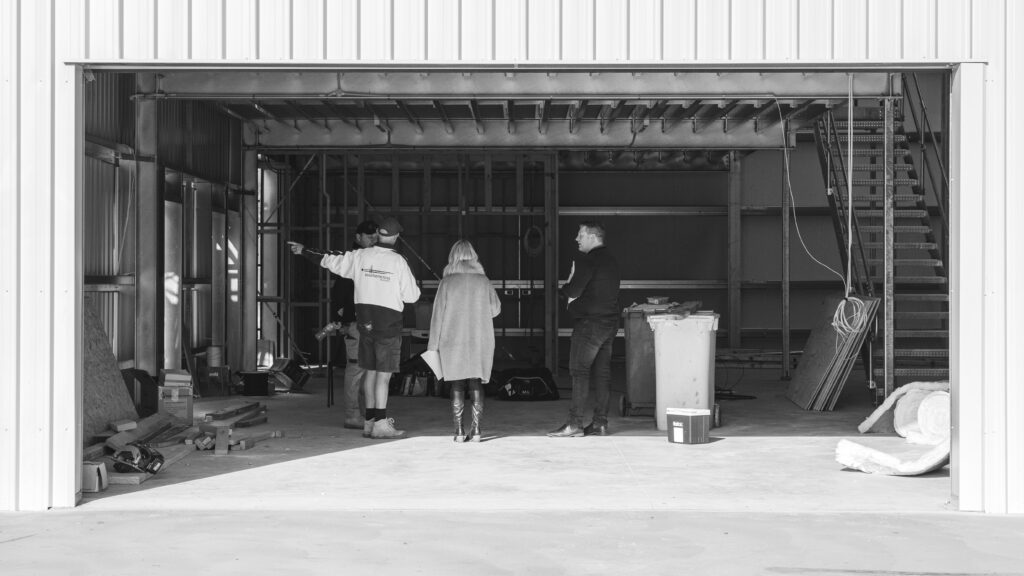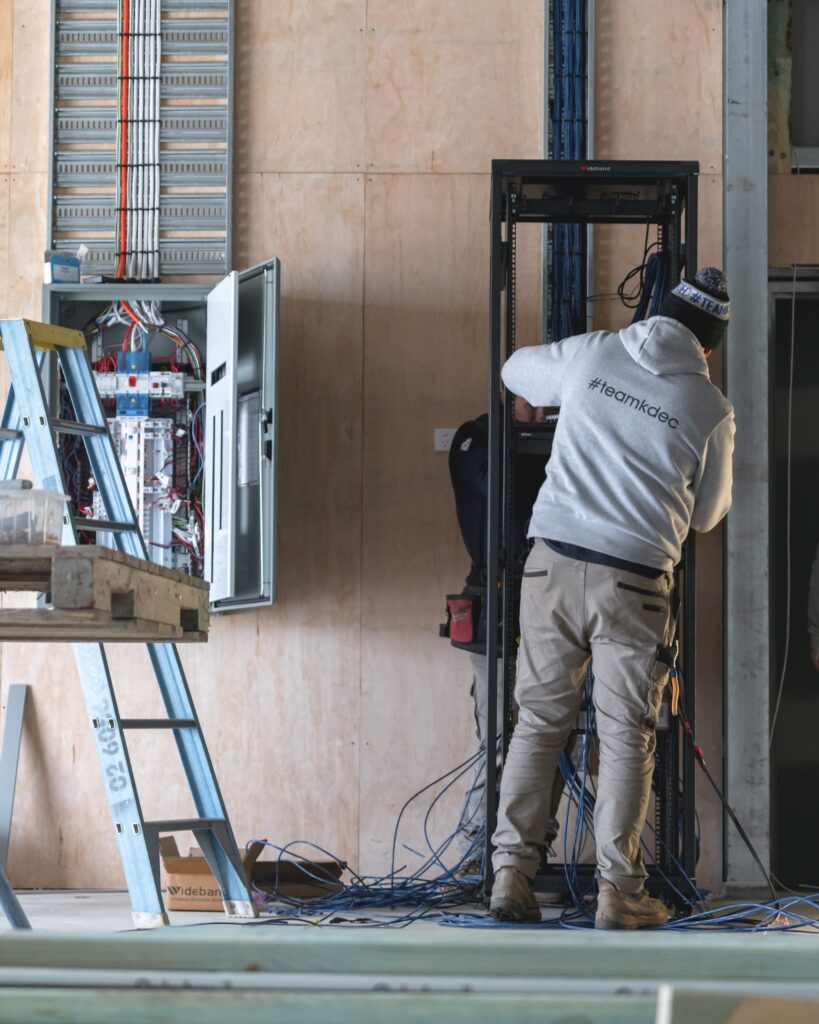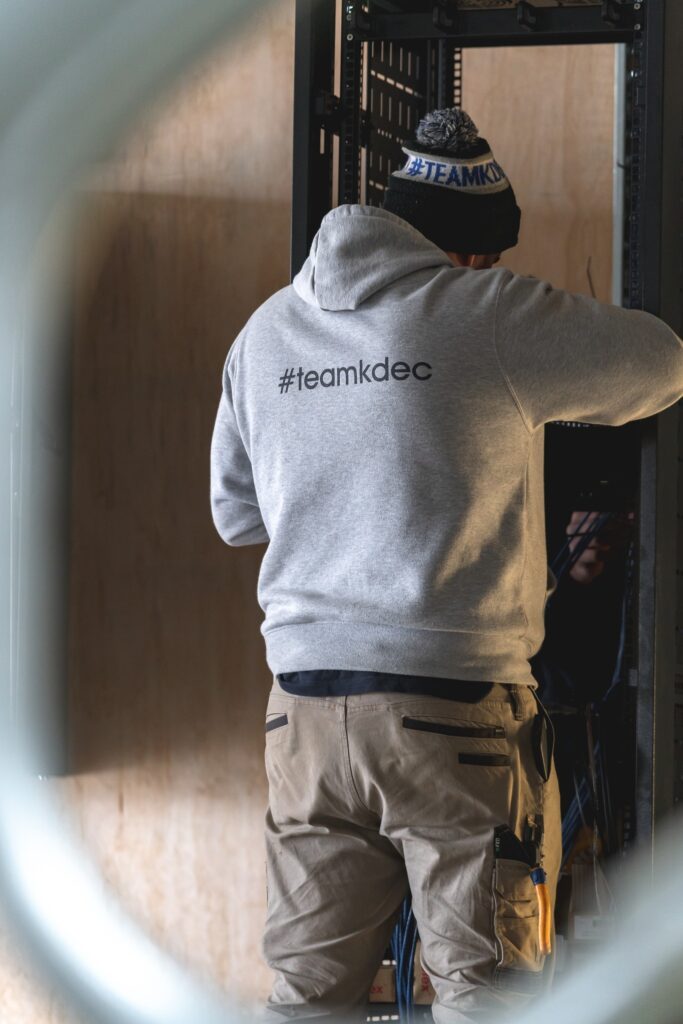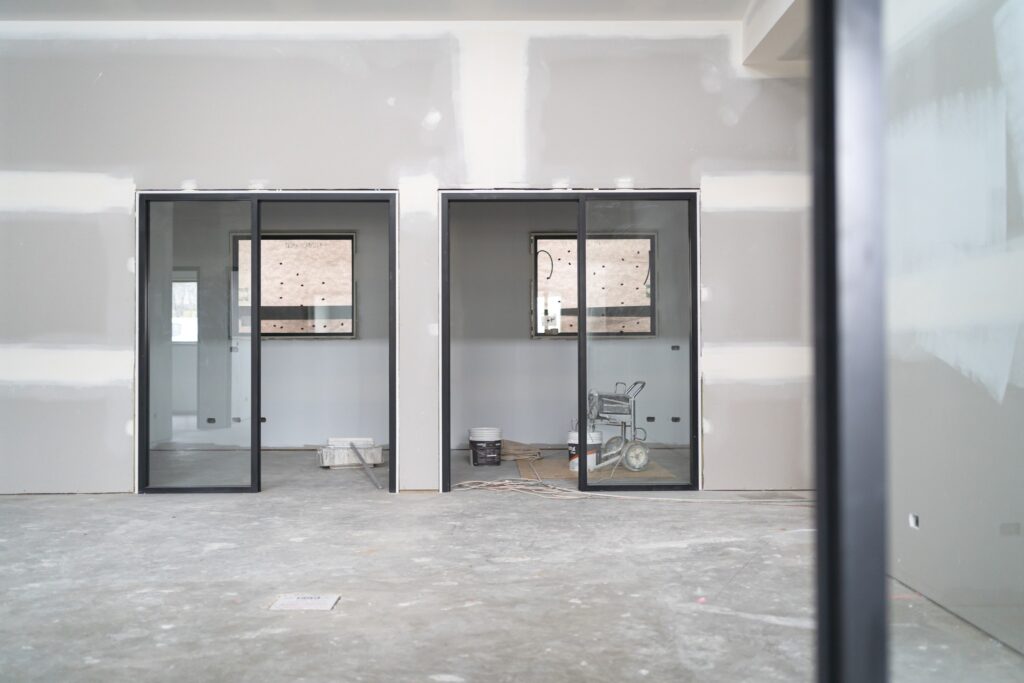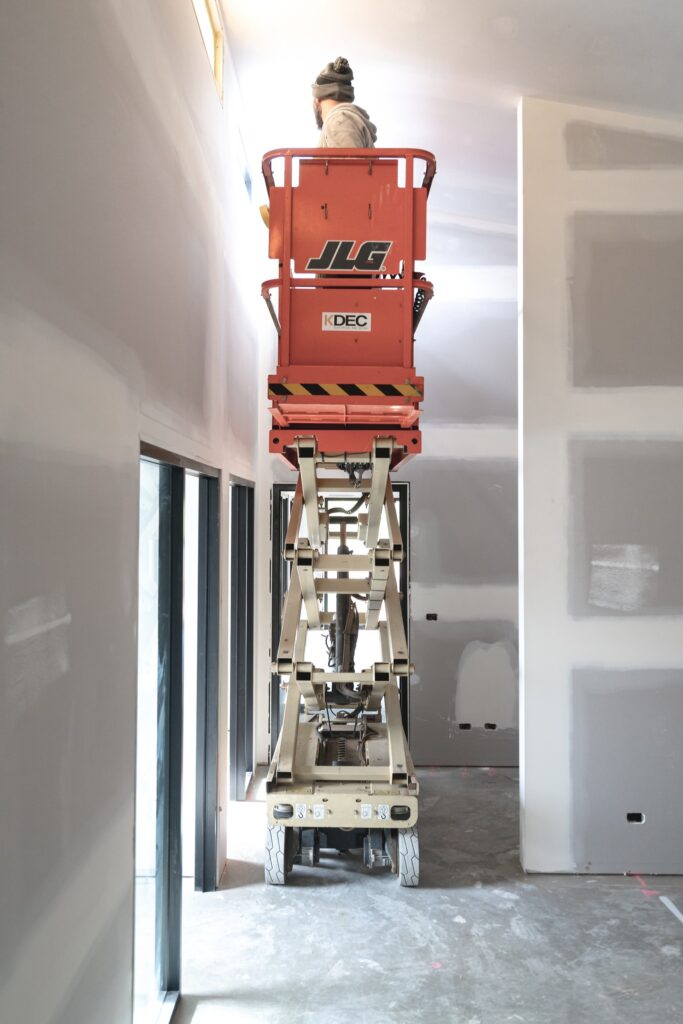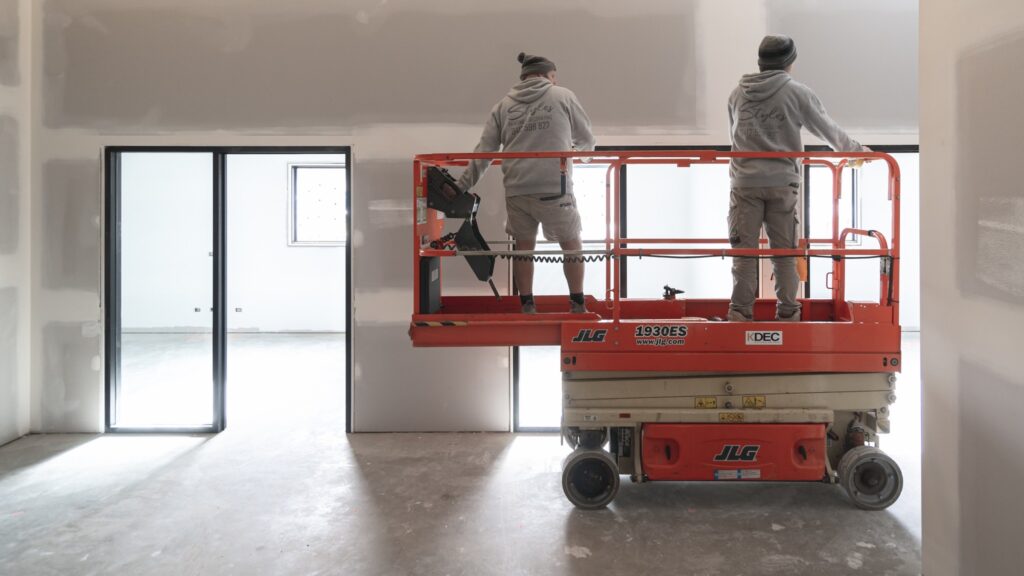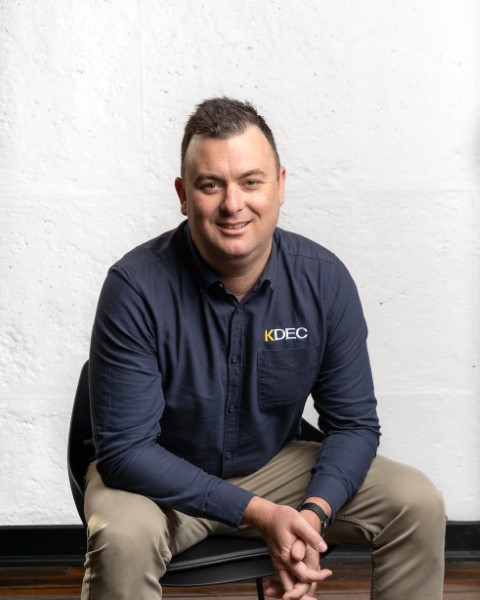17 April 2024
Does an EV make sense? It certainly does for us!
We bought a Tesla model 3 for our fleet in September 2023. It is the first Electric Vehicle (EV) we have owned and I thought it would be a good chance to look at the savings we have experienced now that it has done a little over 10,000km.
Over 10,000km the car has consumed 1720kWh of electricity to charge it.
84% of this has come directly from surplus solar energy that our office/warehouse, thanks to the Fronius Wattpilot (EV Charger) set to Eco mode only. 12% has been charged from the grid (chargers on the side of the road) when travelling longer distances. 4% was charged using the charger at the home of the employee that drives the Tesla home.
The 16% that KDEC “paid for” equates to 275kWh from the grid which in turn is about 220kg of CO2 emissions.
When we compare this to a standard Toyota Hilux with standard combined tailpipe emissions of 195gm of CO2 emissions for every kilometre travelled, the Hilux would travel around 1100km as opposed to the Tesla which has travelled 10,000km for the same amount of CO2 emissions. With this calculation, there is a 788% increase in efficiency for the Tesla with the way we are operating it.
As we also keep the Tesla app updated with correct pricing for what plan we are on at the office, the Tesla Model 3 has cost the business $304 in total to travel the full 10,000km as compared to the Hilux which would have cost $1,600 to cover the same distance, this doesn’t include the service that the Hilux also required in that time which you can factor in if you wish. All of this equates to a 81% decrease in operating costs.
If we were to assume 30,000km of travel in a year for these two cars and account for 3 x services for the Hilux, this would equate to an operating cost of $912 for the Tesla and $5,952 for the Hilux which is in turn a decrease of 84% in operating costs.
Theoretically, if we were to replace all our work utes with EV’s, we could save $5K per year, per car. In our case that would be $65,000 per year.
Now, obviously a Hilux serves a completely different purpose to a Tesla. We need a strong, robust and reliable vehicle to tow trailers and carry materials and people from our warehouse to each job site and return (sometimes 300+ km a day).
A Tesla doesn’t quite cut it in that way, but it really is only a matter of time until one of the car manufacturers can provide a vehicle that will suit a trade such as ours.
Some links below to back up some of our calculations:
https://www.solarquotes.com.au/blog/ev-hybrid-emissions-solar/
https://australiainstitute.org.au/wp-content/uploads/2020/12/NEEA-October-2019-Web_2.pdf
https://www.greenvehicleguide.gov.au/Vehicle/ViewMatchingVariants?vehicleDisplayId=30615
Related News
15 Mar 22
5 Benefits of Solar Energy Systems for Homes and Business
Solar power systems have been regarded as an ideal energy solution for both residential and commercial properties due to the number of benefits they provide.
15 Mar 22
A Guide To Choosing A Solar Panel For Your Home
Although solar power technology has been around for quite some time now, its widespread use in homes and other residential properties has only started recently. This is most likely due to the growing number of people who are actively choosing to follow a more sustainable type of lifestyle.
30 Mar 22
How Many Solar Panels Do I Need For My Home?
When it comes to installing a solar power system for your home, one of the most important factors that you have to consider is the number of panels or the total size of the system that you’ll need.

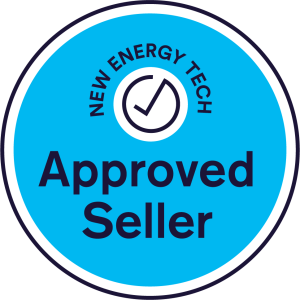




Licence Number: NSW 363462C | Vic 29085
© Copyright 2021 by KDEC Electrical. All rights reserved.
Website by Digital Marketer Bee.




